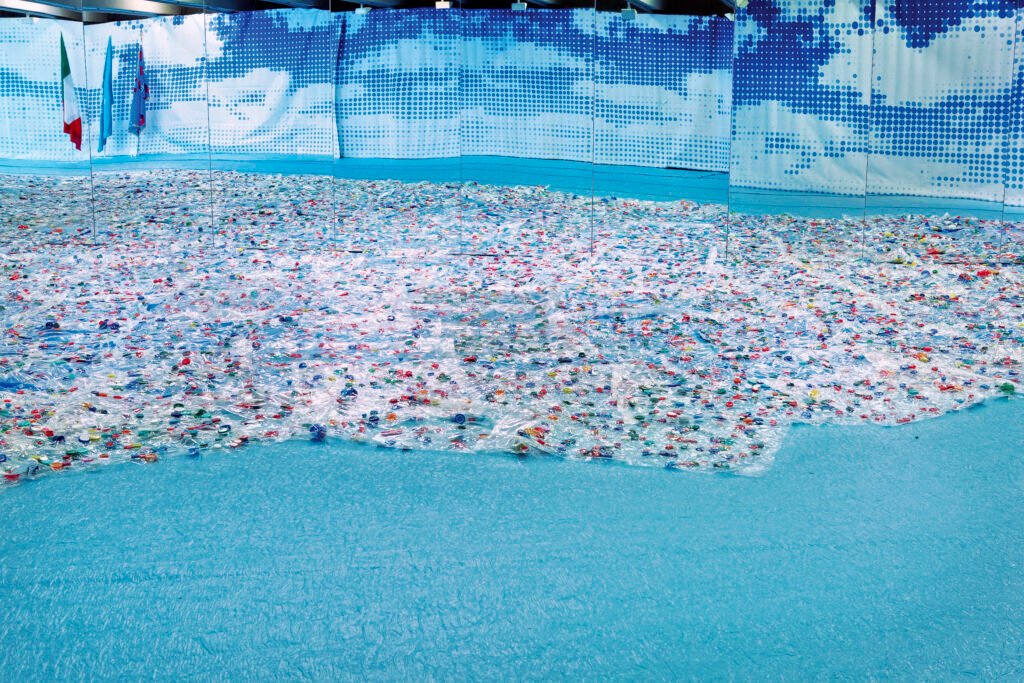Imagine a vast expanse of ocean, where the horizon stretches endlessly, only to be interrupted by a swirling mass of debris. This is the reality of the Great Pacific Garbage Patch, a colossal collection of plastic and other waste trapped by ocean currents. It’s a startling reminder of humanity’s impact on the environment. Yet, despite growing awareness, this floating island of trash continues to expand, posing significant threats to marine life and ecosystems. Let’s delve into the reasons behind its persistent growth and the implications for our planet.
The Birth of the Great Pacific Garbage Patch
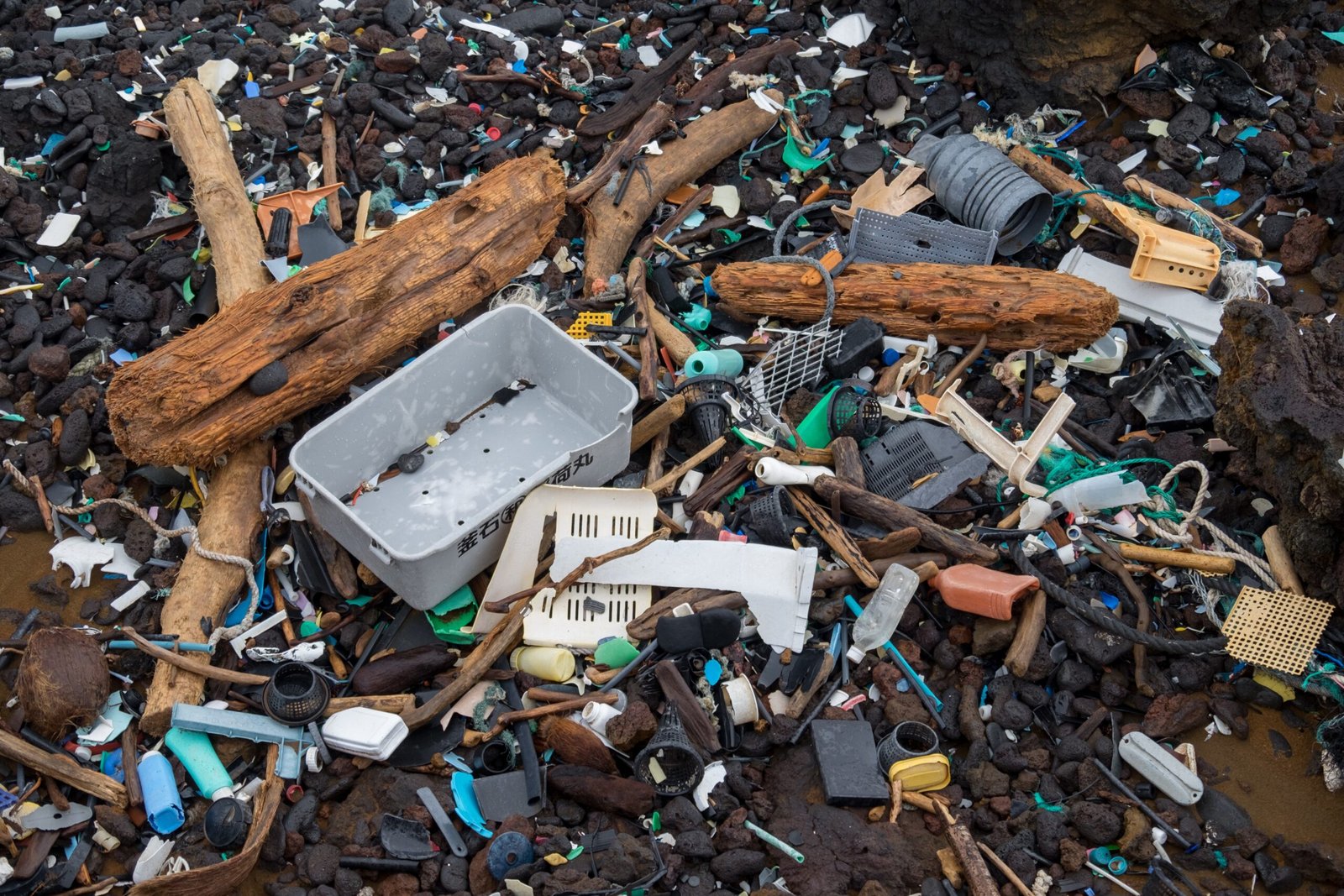
The story of the Great Pacific Garbage Patch begins with our increasing reliance on plastic. As more and more plastic products are produced, they inevitably find their way into our oceans. Unlike biodegradable materials, plastic doesn’t break down easily. Instead, it breaks into smaller pieces known as microplastics, which are just as harmful. The patch itself was first discovered in the late 20th century, when researchers noticed a high concentration of marine debris in the North Pacific Gyre. This gyre, a system of rotating ocean currents, traps debris, creating the massive accumulation we see today.
How It All Began
- The Rise of Plastic Use: Post-World War II industrial growth made plastic a cheap, durable go-to material.
- Microplastic Menace: As plastics break apart, they become harder to remove and easier for animals to ingest.
- An Accidental Discovery: Oceanographer Charles Moore stumbled upon the patch in the 1990s, sparking global concern.
The Role of Ocean Currents
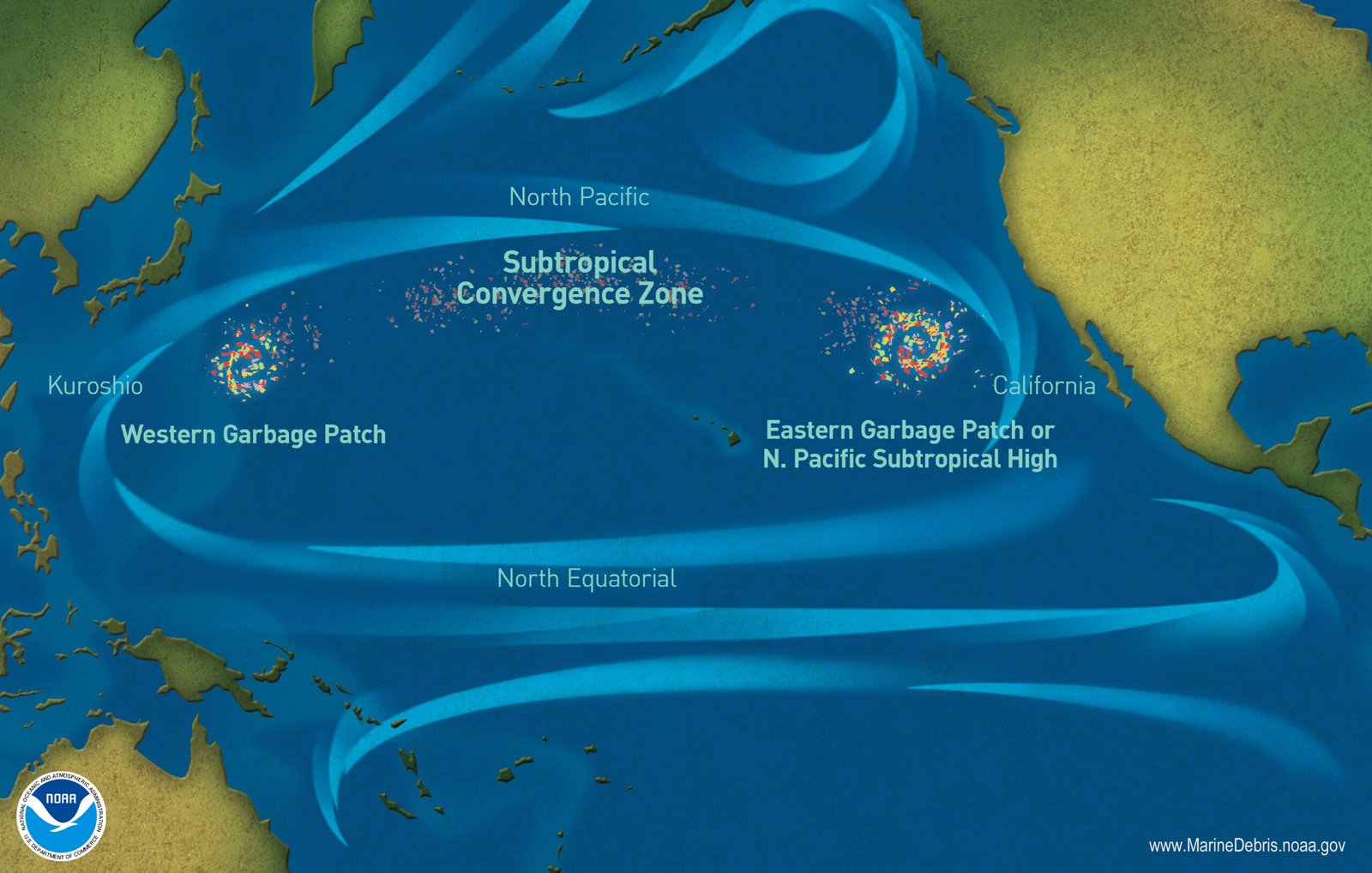
Ocean currents play a crucial role in the formation and expansion of the garbage patch. The North Pacific Gyre is one of the largest oceanic currents, and it acts like a giant conveyor belt, collecting debris from across the Pacific Ocean. As the currents flow, they draw in floating waste from both coastal and open ocean areas. The patch is not a solid mass but rather a dispersed collection of debris spread across a wide area. This makes it even more challenging to tackle, as its boundaries are constantly shifting with the currents.
The Ocean’s Relentless Conveyor Belt
- The North Pacific Gyre: A system of rotating currents that traps and concentrates floating debris.
- Shifting Boundaries: The patch isn’t a single island—it moves, grows, and shifts with wind and water patterns.
- Global Collection Zone: Debris from Asia, North America, and even South America ends up circulating here.
Plastic: The Persistent Culprit
Plastic is the main component of the Great Pacific Garbage Patch, and it’s a persistent problem due to its durability and widespread use. Every year, millions of tons of plastic enter the ocean, whether from littering, improper waste management, or accidental spillage. Items like plastic bags, bottles, and fishing gear make up a significant portion of the debris. Once in the ocean, plastic can travel vast distances, accumulating in gyres like the North Pacific. The durability of plastic means it can last for hundreds of years, continuously contributing to the size of the garbage patch.
Why Plastic Won’t Just Go Away
- Longevity: Plastic can persist for hundreds to thousands of years in marine environments.
- Global Output: Over 400 million tons of plastic are produced yearly—only a fraction is recycled.
- Fishing Gear Impact: Abandoned fishing nets (ghost gear) make up a large percentage of ocean plastic.
The Impact on Marine Life
The Great Pacific Garbage Patch poses a severe threat to marine life. Many marine animals mistake plastic for food, leading to ingestion that can be fatal. For example, sea turtles often consume plastic bags, mistaking them for jellyfish. Birds, fish, and other sea creatures also fall victim to this deadly trap. Beyond ingestion, animals can become entangled in larger debris, such as fishing nets, which can lead to injury or death. The microplastics within the patch also enter the food chain, affecting not only marine life but potentially humans who consume seafood.
A Daily Threat Beneath the Waves
- Ingestion Risks: Animals confuse plastic with prey—often leading to starvation, internal injury, or poisoning.
- Entanglement Dangers: Larger debris traps animals, especially sea turtles, seals, and seabirds.
- Microplastics in the Food Web: Small plastic particles are consumed by plankton, working their way up the food chain—including to humans.
Environmental Consequences
The environmental impact of the garbage patch extends beyond marine life. As plastics degrade, they release harmful chemicals into the water, affecting the ocean’s chemical balance. These chemicals can disrupt marine ecosystems and affect the health of the organisms living within them. The patch also acts as a transport mechanism for invasive species, which can hitch a ride on the debris and establish themselves in new environments, often outcompeting native species and disrupting local ecosystems.
Beyond Marine Life: Ecosystem-Wide Damage
- Toxic Leachates: Plastics release harmful chemicals like Bisphenol A (BPA) and phthalates into the ocean.
- Invasive Species Transport: Debris acts as a raft, allowing species to cross oceans and invade new ecosystems.
- Oxygen Depletion: Microplastics can disrupt microbial communities essential to maintaining ocean oxygen levels.
Human Contributions to the Problem
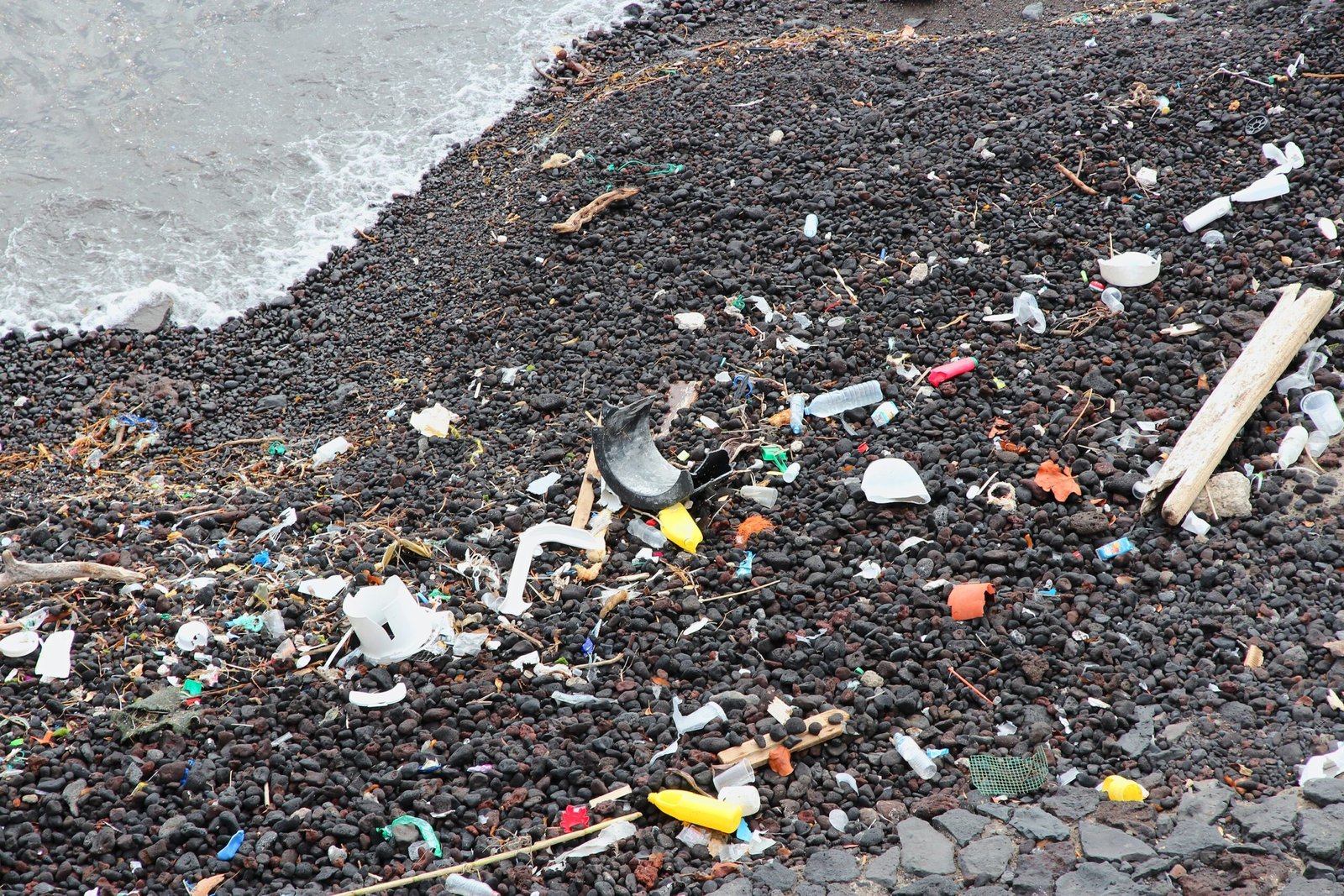
Human activities are a significant contributor to the garbage patch’s growth. Inadequate waste management, littering, and the overuse of single-use plastics all play a part. Many coastal communities lack the infrastructure to properly manage waste, leading to more debris entering the ocean. Additionally, the global demand for plastic products continues to rise, exacerbating the problem. Without changes in consumer behavior and waste management practices, the garbage patch will only continue to grow.
How Everyday Actions Add Up
- Single-Use Culture: Disposable packaging, plastic straws, and bags are major contributors.
- Lack of Infrastructure: Many coastal and developing regions lack proper recycling and waste disposal systems.
- Stormwater Runoff: Trash from urban streets and landfills is often washed into rivers and out to sea.
Efforts to Clean Up and Prevent Further Growth
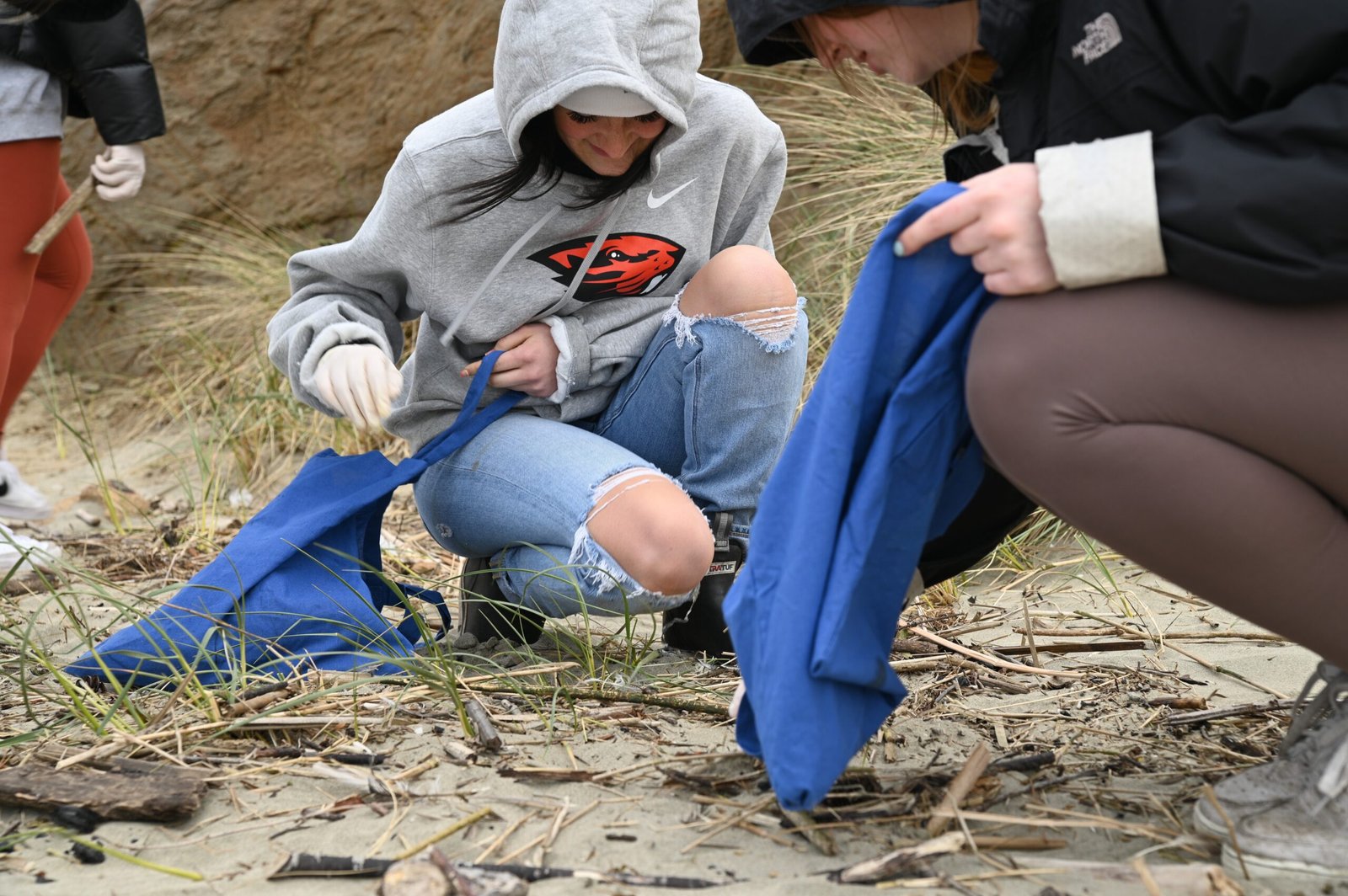
Efforts to address the Great Pacific Garbage Patch are underway, but they face significant challenges. Organizations like The Ocean Cleanup are developing innovative technologies to remove debris from the ocean. These initiatives focus on capturing plastic before it breaks down into microplastics, making it easier to remove. However, prevention is equally important. Reducing plastic consumption, improving waste management, and increasing public awareness are crucial steps in preventing further growth of the patch.
Combating the Crisis on Two Fronts
- Cleanup Technologies: Projects like The Ocean Cleanup use floating barriers to gather surface debris.
- River Interception: Some initiatives target rivers—like the Interceptor system—to stop plastic before it reaches the ocean.
- Community Programs: Local beach cleanups and plastic-free campaigns help reduce local contributions to global waste.
The Role of Innovation and Technology
Innovation and technology are vital in tackling the garbage patch. Drones, satellite imaging, and advanced filtering systems are being employed to track and collect debris. These technologies provide valuable data on the patch’s size and composition, aiding in cleanup efforts. Additionally, researchers are developing biodegradable alternatives to traditional plastics, which could reduce the amount of waste entering the ocean. As technology advances, it will play an increasingly important role in mitigating the impact of the garbage patch.
New Tools for an Old Problem
- Tracking the Patch: Satellites and drones map the movement and concentration of marine debris.
- Biodegradable Breakthroughs: Scientists are developing algae-based plastics and materials that degrade safely in the ocean.
- AI & Robotics: Autonomous vessels and AI algorithms are being tested to monitor and clean affected zones.
Global Collaboration and Policy Changes
Addressing the Great Pacific Garbage Patch requires global collaboration and policy changes. International agreements like the Paris Agreement and the United Nations’ Sustainable Development Goals highlight the need for collective action in reducing plastic pollution. Countries must work together to implement stricter regulations on plastic production and waste management. By fostering cooperation and sharing resources, the global community can make significant strides in combating the issue.
Why No One Country Can Solve This Alone
- International Treaties: Agreements like International Convention for the Prevention of Pollution from Ships (MARPOL) regulate ocean dumping, but enforcement is key.
- Plastic Bans: Countries including Kenya, India, and the EU have taken bold steps to phase out single-use plastics.
- Producer Responsibility: “Extended producer responsibility” laws are gaining traction—forcing companies to manage plastic waste.
How To Help
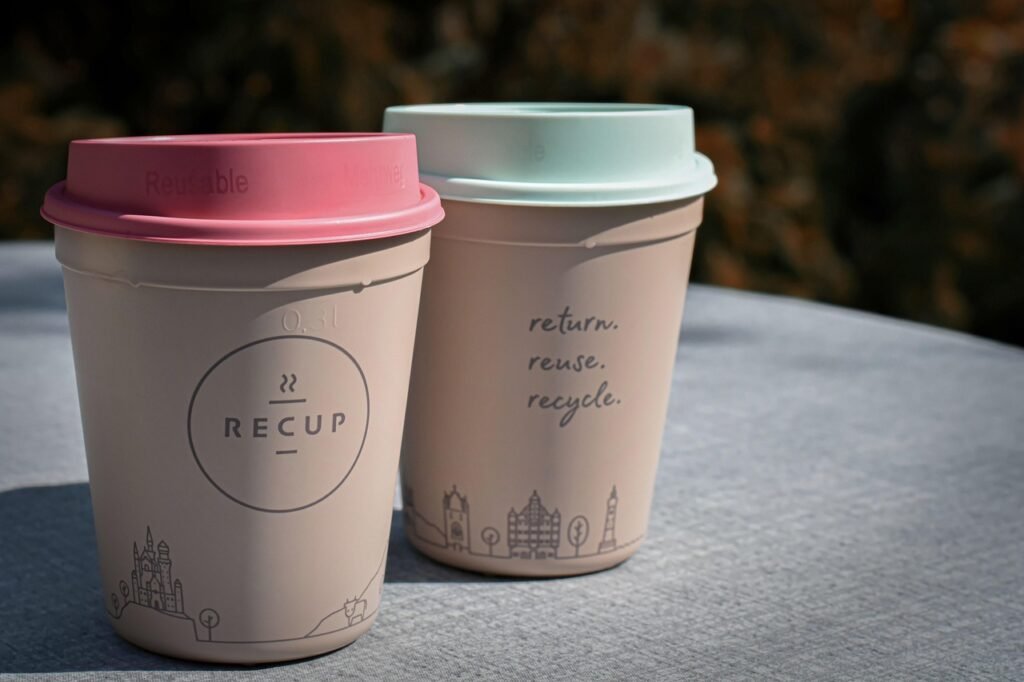
While the scale of the Great Pacific Garbage Patch may feel overwhelming, individual actions truly matter. Reducing single-use plastics in your daily life—like opting for reusable bags, bottles, and containers—can significantly cut down on waste. Properly sorting recyclables, supporting businesses with sustainable practices, and participating in local cleanups all contribute to the solution. Even spreading awareness through conversations or social media can amplify change. When many people make small, conscious choices, the collective impact can ripple across oceans.
Everyday Actions That Make a Difference
- Ditch Single-Use Plastics: Carry reusable bags, straws, and utensils.
- Support Sustainable Brands: Choose companies that prioritize eco-friendly packaging.
- Recycle Responsibly: Learn your local recycling rules to avoid contamination.
- Join or Organize Cleanups: Help remove waste from beaches, rivers, and neighborhoods.
- Spread the Word: Use your voice—online or in person—to raise awareness about ocean plastic.
- Advocate for Policy: Support laws and initiatives aimed at reducing plastic production and improving waste management.
The Future of Our Oceans

The future of our oceans depends on our actions today. The Great Pacific Garbage Patch is a stark reminder of the consequences of unchecked pollution. However, it also presents an opportunity for change. By raising awareness, implementing sustainable practices, and embracing innovation, we can protect marine ecosystems and preserve the beauty of our oceans for future generations. The journey to a cleaner ocean is challenging, but it is a journey we must take.
Charting a Course Toward Recovery
- Public Awareness Matters: Every social share, classroom lesson, and conversation helps shift culture.
- Youth Engagement: A new generation of eco-activists and inventors is stepping up to lead the charge.
- The Ocean’s Resilience: If given a chance, marine ecosystems can bounce back—cleaner, stronger, and more diverse.

